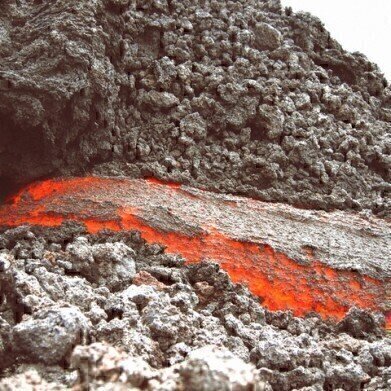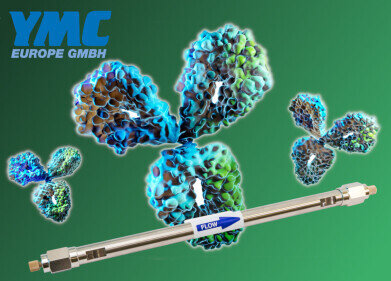Ion chromatography (IC)
Can Chromatography Take Us Back to Earth’s Dark Age?
Jan 11 2017
For many academics, a time machine would surely be the ultimate research tool. Evolutionary biologists, historians, climate scientists and linguists could all benefit from an insight into how the world used to be. All manner of theories and wild claims could instantly be proven - or not.
Unfortunately, no such thing exists and - unless we’re missing all the people nipping back from the future - it never will. But with help from chromatography, geochemists have been given something of a time machine back to the infancy of planet Earth.
Searching for olivine
The Icelandic fjords are renowned for their vast mountains, icy water and of course the stunning scenery. But it was something else that drew geologist Matt Jackson to the Arctic region in August 2016. He was searching for small, green stones known as olivine.
Thought to have come about through eruption around 10-17 million years ago, olivine is a source of much uncertainty for geologists. One theory — which Jackson was aiming to prove – is of the Iceland plume. A hypothetical upsurge of rock from deep inside the Earth. The plume is now thought to sit under Iceland’s active volcanoes — if it exists.
Isotope ratios
After collecting samples of olivine, Jackson sent them for testing in California. But what are they testing? The test was looking to measure levels of the chemical isotope tungsten-182, as compared to the levels of the more common isotope tungsten-184.
In other samples, abnormal ratios of the two isotopes has shocked scientists as it echoes processes from a period previously assumed to be untraceable. Cataclysmic collisions in the first 50 million years of the solar system were thought to have melted the Earth, but the isotope anomalies might be able to provide geochemists with a wealth of information about processes that happened on Earth millions of years in the past.
Potential results
The olivine samples first need to be prepared for analysis. Typically, this involves dissolving rock samples in acid and separating the different components out using liquid chromatography on ion exchange columns. Ion chromatography is a commonly used technique in geophysics as discussed in the article, Essential Role of Ion Chromatography in Constructing Ice Core Paleoclimatic Records.
It’s hoped that examining the samples could give more clues to the earliest stages of the Earth’s formation. And because they will fill a gap in the Earth’s hazy evolutionary timeline, these new findings could potentially change the way we look at the planet today. Along with other discoveries, they could allow scientists to create a map of Earth in the dark age and explain why exactly it looked the way it did.
Events
Apr 22 2025 Kintex, South Korea
Analytica Anacon India & IndiaLabExpo
Apr 23 2025 Mumbai, India
Apr 27 2025 Portland, OR, USA
May 11 2025 Vienna, Austria
May 18 2025 Tempe. AZ, USA














